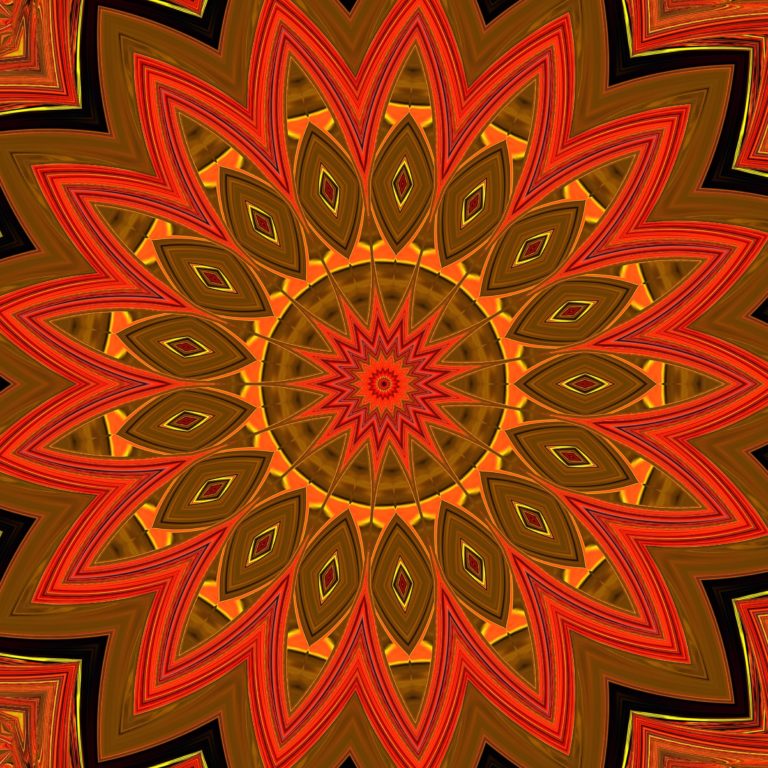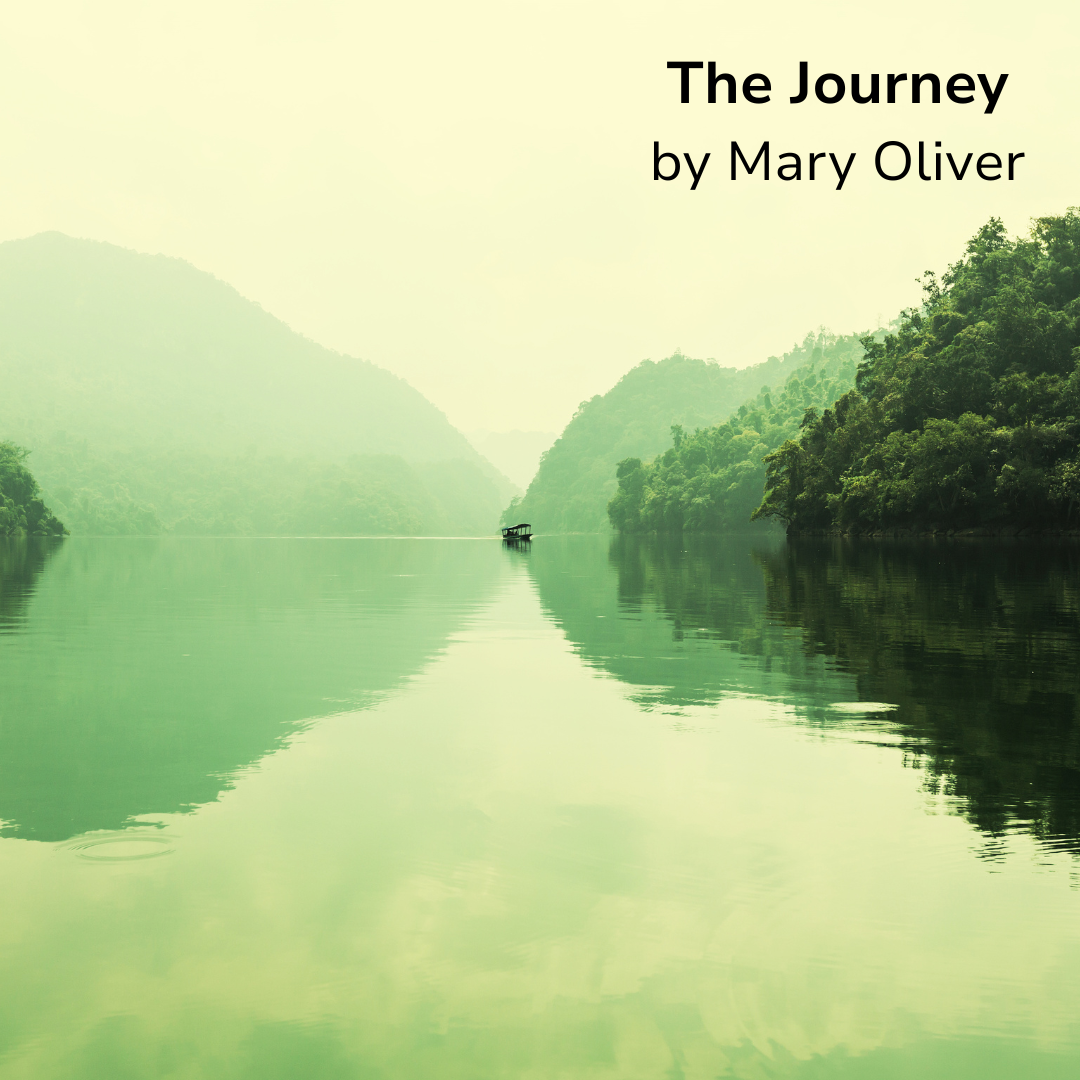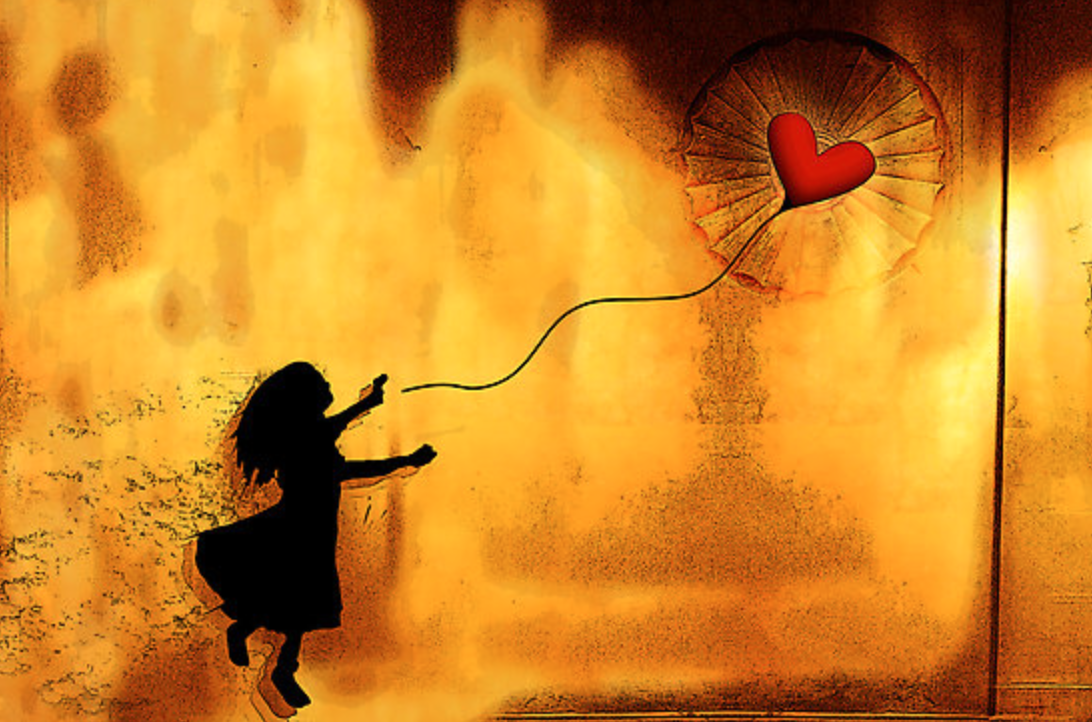Please, take a very high, birds-eye view of cause and effect and observe the fit between all the causes and effects below. Then look up into the darkness and light in the vastness of all the skies above, the patterns there too are clear, even if they are fractalish, haphazard, and too vast to comprehend.
Without us to observe these patterns the unconscious universe would not be able to begin to know itself. But insignificant as we are, and limited though it is, we human beings do have the capacity for conscious awareness. Our duty seems to be to use it to perceive, to try to understand and to know; to expand our consciousness by focusing on what we are unconscious of, on what we don’t know in the first instance. For this we have to be unafraid of the unknown, and focus epistemologically on looking at what we don’t know about ourselves as best we can. And to do this by using what we do know to help. Like a telescope helps us look at the stars or a microscope to look at bacteria.
In previous times this activity would have been labelled as religious, or quasi-religious, as a kind of gnosticism. But nowadays, at least in western cultures, it is often seen as psychological, something that people address in the privacy of their own homes or the psychotherapeutic consulting room. Nevertheless, trying to know more can be summarised in general terms as an attempt to personally address the general human condition by focusing on the question which is pretty much the same for almost all the 8,000,000,000 of us on the planet. That question is: ‘What’s the point?’.
So where, generally speaking, and starting and finishing with ourselves, do we begin the lifelong process of trying to come to the answer to that question. Most of us probably begin with what we perceive. And perhaps the first thing we perceive is the primacy of perception itself (cf Merleau-Ponty 1964). The next thing we perceive is the spatial and temporal relationships between us and around us. As time goes by we notice the relationship, or fit, between the patterns of our own feelings, thoughts, behaviour, together with our perception of them, and try to differentiate what is within ourselves from what is not, what is external. When the two are not differentiated, there madness lies.
Sometimes some people stumble into psychotherapy led by what 17th c pantheistic philosopher, Baruch Spinoza, referred to as their ‘conatus’, by which he meant the totality of who a person is and what they know, as well as and perhaps more importantly, what they don’t know, about themselves, and towards which their feelings and behaviours propel and navigate them throughout the course of their lives.
This journey often involves great mental suffering, and as per Reinhold Niebuhr’s famous Serenity Prayer, developing the wisdom to know the difference between the internal and external world, between what can and what cannot be changed. Indeed, between all things in this multifarious world.
The life work of analytical psychologist, Carl Jung, largely focused on developing this differentiating wisdom, or understanding, or consciousness, by exploring what we generally, or collectively, don’t know, or are unconscious of. He did this by identifying connections between types of internal and types of external things, and between what is personal and what is impersonal or collective within us. He identified the individuation process as mental health, and therefore as the main task in life. In his theory of archetypes (The Archetypes and The Collective Unconscious 2014), he presented us with an existential, even spiritual, handbook for helping each one of us navigate our way through our experience in life in terms of our unique conatus or purpose.
Therefore always ask yourself what you want to live for!
Whether you are an extrovert, with your consciousness mainly focused on what is around you, or an introvert who focuses more on your own feelings, the task is the same: We have to make our own unique sense of what we perceive in order to be true to what we are here for. Sans belief. Sans ideology. Each of us doing what no-one else can – living our own story here on Planet Earth.




